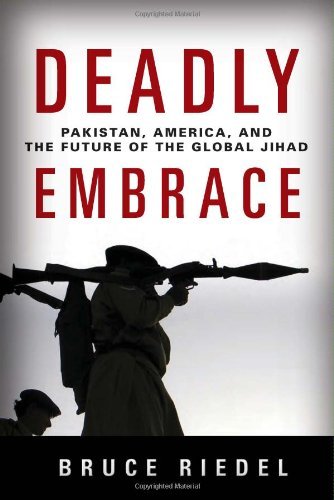Increasing urban terrorism and uncontrollable radical extremism in the tribal areas in NWFP-Pakhtoonkhwa and FATA in Pakistan’s north-west have led to internal instability in Pakistan. The ongoing crisis can be attributed to the resurgence of fundamentalist forces and the Army’s inability to fight them effectively. Consequently, the world faces the spectre of Pakistan’s nuclear weapons falling into the hands of terrorist organisations. The assassination of Salman Taseer, Governor of Punjab, by a specially selected bodyguard has led to speculation that perhaps the loyalty of some security guards of Pakistan’s nuclear warheads could also be subverted by Jihadi elements.
The possession of nuclear weapons by Islamist fundamentalist terrorists will pose a grave danger to international security. The Al Qaeda has declared war on the United States (US) and it allies, and Osama bin Laden and Ayman al Zawahiri are known to have made attempts to buy nuclear warheads. Among Pakistan’s neighbouring countries, India will be particularly vulnerable if hard-line LeT or JeM terrorists and their Al Qaeda and Taliban brothers ever lay their hands on Pakistan’s nuclear warheads. India is one of the nations that the Al Qaeda has named as an enemy. Being a contiguous land neighbour, it is also easier to target, even if sophisticated delivery systems like ballistic missiles are not available.
There is a possibility that an Islamist fundamentalist regime might overthrow the civilian government with support from a radicalised faction of the army. In such an eventuality, the U.S. and its allies may justifiably form another ‘coalition of the willing’ to bomb the nuclear warhead storage sites in Pakistan from the air. The coalition forces could employ cruise missiles and fighter-bombers from stand-off ranges to physically destroy the warheads with deep penetration bombs. A non-kinetic option that employs high-energy microwaves to “fry” the electronic circuitry of the nuclear warheads may also be considered.
The clear and present danger, however, and one that continues to be underestimated, is from nuclear terrorism. Terrorist organisations may assemble radiological dispersal devices (RDDs) – ‘dirty bombs’ in which high explosives (RDX or TNT) are used to blow up and scatter uranium or other radioactive materials over a densely populated area, or to pollute a major water source. Crude RDDs do not require a very high degree of technological sophistication and can be assembled quite easily.
Contingency plans must be debated, analysed, approved, rehearsed and readied for execution to meet unforeseen eventualities. Maximum cooperation must be extended by the nuclear weapons states (NWS) to Pakistan by way of technology, intelligence and training to help Pakistan to secure its own nuclear warheads. While the world waits with bated breath for the crisis in Pakistan to blow over, the government of Pakistan would do well to ensure that all possible measures are adopted to further enhance the safety and security of the country’s nuclear warheads and delivery means.
(The writer is Director, Centre for Land Warfare Studies, New Delhi.)

 But what was less discussed, at least
But what was less discussed, at least 